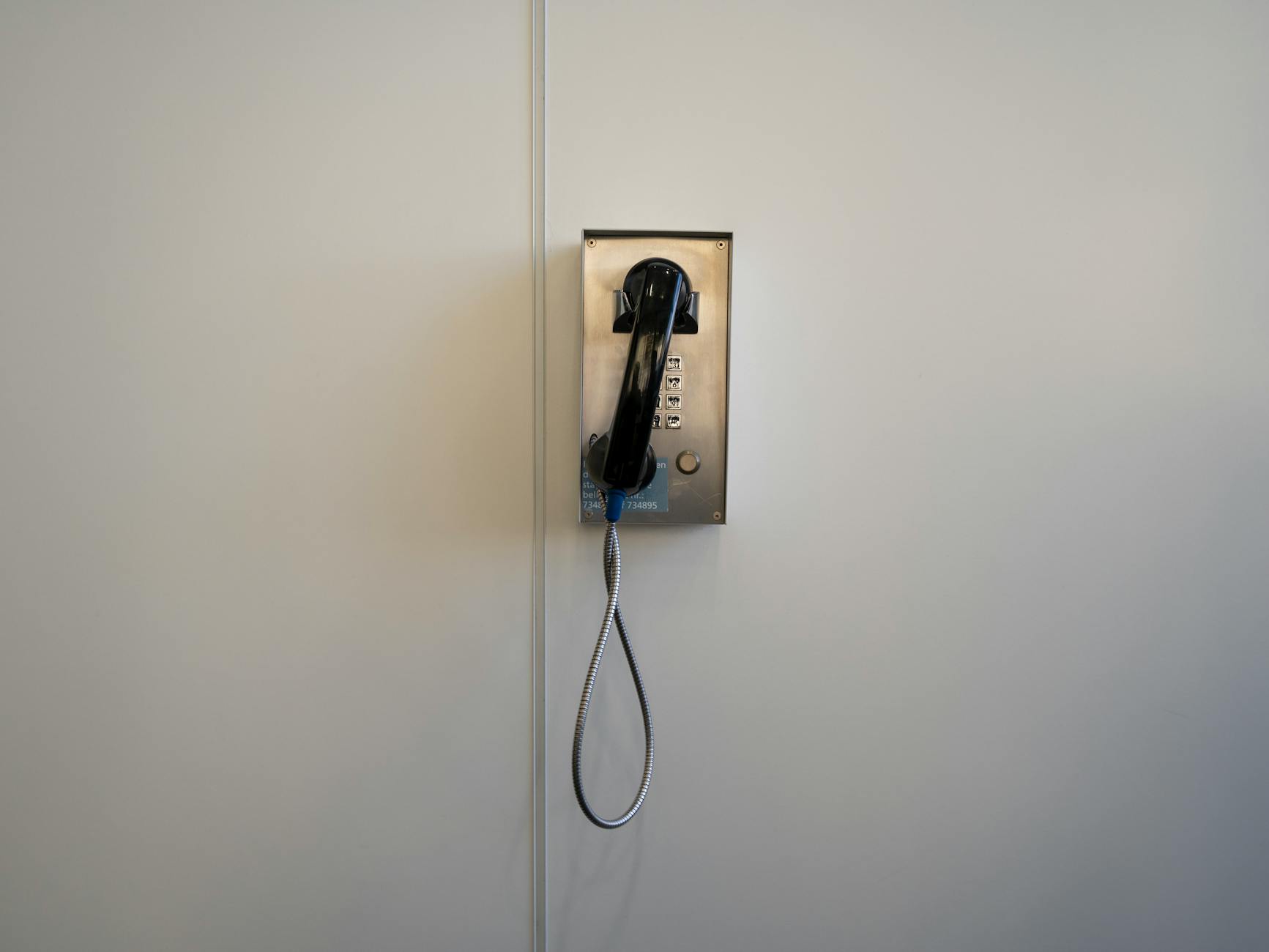Are Your Australian Conference Centers Equipped for Modern Audio Needs?

Importance of Modern Audio
When I think of the vibrant events in the University of Sydney's Great Hall, it's clear how vital modern audio technology is to successful gatherings. A professional microphone isn't just a detail but a cornerstone of sound delivery, ensuring that even those at the back are engaged and immersed. For those in charge of orchestrating these events, understanding and utilising the right audio equipment is crucial for enhancing experiences.
Enhancing Event Engagement
High-quality sound systems elevate the entire experience, transforming ordinary events into memorable encounters. For large venues or outdoor settings like university campuses or bustling hubs, the impact of great sound isn't something to underestimate. Equipping your events with modern, reliable audio equipment keeps the audience hooked, which is crucial when delivering keynote speeches or live performances.
Meeting Audience Expectations
Audiences today expect crystal-clear sound that complements the visuals, whether at a conference or a community fest. By integrating advanced audio solutions, you can meet these expectations, leaving audiences satisfied. This entails investing in top-tier microphones and sound systems that adapt to the specific needs of each venue.
Avoiding Technical Disruptions
No one wants a brilliant presentation marred by screeching feedback or drop-outs. Therefore, investing in robust audio technology is essential to minimise disruptions and maintain professionalism. Selecting reliable equipment and providing thorough testing and maintenance are practical solutions to ensuring your events run smoothly.
With these insights, you're better prepared to create an unforgettable experience, ensuring each word spoken resonates well with the audience.
Key Audio Features for Centers
Wireless Connectivity Solutions
Reliable wireless connectivity is crucial for large conference centres and outdoor events. In Australia, the lecture theatres at UTS exemplify environments where seamless sound transmission is vital. Utilising technologies like mesh radios enhances communication across expansive areas, ensuring speakers and organisers can coordinate without interference. This setup is particularly effective for sprawling venues or events where traditional wired systems fall short.
Robust Outdoor Equipment
Outdoor event setups demand durable audio solutions that can withstand various weather conditions. When planning for an event in Brisbane's unpredictable climate, one must consider equipment designed to brave the elements without compromising sound quality. Weather-resistant speakers and microphones are a must. Additionally, integrating a hearing loop system ensures inclusivity, allowing attendees with hearing impairments to enjoy the event fully.
Eco-Friendly Technology Options
Eco-friendly technologies are increasingly significant in the event industry, aligning with values of sustainability and responsibility. Implementing energy-efficient audio systems reduces the environmental footprint while catering to eco-conscious attendees. From solar-powered speaker systems to recyclable materials in audio gear, there are numerous ways to reduce waste. By staying informed about the latest sustainable technologies, event coordinators can ensure their setups are both cutting-edge and environmentally responsible.
Evaluating Audio Infrastructure
Compatibility with Event Needs
When assessing audio infrastructure, it's crucial to align the equipment with your event's specific requirements. For universities hosting conferences in locations such as the University of Sydney's Great Hall, the versatility of your setup is vital. The right gear ensures you smoothly transition from one event type to another without significant overhauls, maintaining overall efficiency. For instance, utilising monitors for video conferencing that can seamlessly integrate with your existing systems enhances communication clarity during lectures or panel discussions.
Scalability for Different Event Sizes
Scalability is key in any robust audio infrastructure. Whether you are managing intimate gatherings or grand events in large venues like the conference centres in Darling Harbour, your audio solutions should be adaptable. An audio setup that works efficiently for a small classroom might not suffice for a packed auditorium. Reassessing and upgrading to scalable sound systems can aid in ensuring the delivery of clear and powerful audio, no matter the audience size.
Weather Resilience Assessment
The Australian climate can be unpredictable, so assessing the weather resilience of your audio equipment is essential, especially when hosting outdoor events. To combat these challenges, consider using a motorised projector screen that is designed for both indoor and outdoor uses. Such investments not only protect your technology but also promise uninterrupted presentations, regardless of external conditions. By prioritising weather-resistant equipment, you're investing in a more reliable audio-visual experience for your events.
Implementing Best Practices
Regular Equipment Testing
Ensuring your pro audio equipment consistently performs at its best involves scheduled testing and maintenance. Regular equipment checks before and after events can identify potential issues, mitigating unexpected malfunctions. This routine is crucial whether you're setting up in outdoor spaces or enclosed environments. Consider creating a regular maintenance calendar shared among team members to ensure everyone's on the same page.
Integration with AV Systems
Seamlessly integrating audio solutions with AV systems requires careful planning and execution. By coordinating with AV specialists, you can ensure that your equipment synchronizes perfectly with existing infrastructure. This consideration is particularly important when handling complex audio-visual setups in large venues like university lecture theatres and conference centers. Collaborating with experienced AV technicians can help prevent mismatches and ensure a polished result.
Staff Training for Equipment Use
Training is a cornerstone of effective audio equipment management. Providing your team with comprehensive instruction enables them to handle setups efficiently and troubleshoot minor issues. Training sessions could cover topics from basic operation to advanced features of your audio systems. These sessions empower your team, making them more confident and task-ready during events, ensuring a smooth audio experience for all attendees.
Implementing these best practices in your approach supports reliability and operational excellence in handling pro audio setups. Employing regular testing, integrating seamlessly with AV systems, and prioritizing thorough staff training are strategies that build a foundation for successful event execution.
Common Pitfalls to Sidestep
Neglecting Venue Acoustics
If experience has taught me one thing, it's the critical importance of accounting for venue acoustics. Spaces like the historic Great Hall at the University of Sydney, with its unique architectural features, require specific acoustical adjustments. Not understanding a venue’s acoustic properties can lead to muddled sound that undermines the engagement and clarity of your event. By utilising acoustic panels and soundproof materials, one can better tailor audio output to the environment and ensure clearer communication.
Lack of Adequate Backup Plans
Planning ahead with robust backup strategies is non-negotiable. When managing events in technologically intensive contexts like lecture theatres at UTS, the risk of sudden technical failures exists. Equip each event with spare microphones, cables, and batteries, and keep wireless connectivity on standby. Furthermore, having a tech support team on-site ready to address issues instantly can prevent disruptions to the event flow.
Underestimating Power Requirements
It’s crucial to understand the power demands of audio systems, particularly in large-scale conference centers, such as those in Darling Harbour. Insufficient power supply not only affects audio quality but can also lead to equipment damage. A comprehensive assessment of power needs should be carried out, taking into account the range of equipment and system load. Consider investing in portable generator hire or uninterruptible power supplies to ensure seamless operation during the event. By preemptively addressing these common mistakes, the integrity and success of the event are significantly bolstered.


